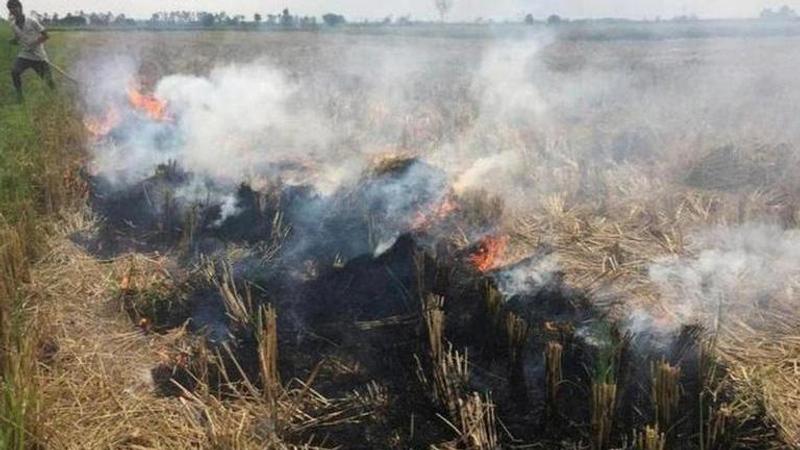Published 17:25 IST, November 29th 2019
Centre to come out with permanent solution to stubble burning: MoS Agri
A committee has been formed by the Centre to formulate a new scheme" for a long-term permanent solution to stubble burning by farmers, says MoS Agriculture.

The Centre is formulating a scheme to find a permanent solution to the practice stubble burning by farmers and has constituted a committee to come out with a report on the matter in a month or two, Minister of State for Agriculture and Farmers Welfare Parshottam Rupala said in Rajya Sabha on Friday. Replying to a supplementary question on 'Effect of Stubble Burning on Fertility of Land' during Question Hour, Rupala said at present there is no provision of any financial assistance to farmers for stubble. "A meeting was chaired by the ICAR (Indian Council of Agricultural Research) secretary.
A committee has been formed to formulate a new scheme" for a long-term permanent solution to stubble burning by farmers, he said. The MoS said that the new committee will come out with a new scheme within one or two months. He said in some states farmers burn stubble for sowing the next crop and the government is planning to educate them about diversification of crops. Besides, the government has given machines worth Rs 1,151 crore to farmers for managing stubble besides creating awareness. A total of 55,000 machines were provided to three states, he said, and added that Delhi is not managing it well. The Minister said that paddy stubble burning is mainly practised in the Indo-Gangetic plains in Punjab, Haryana and Uttar Pradesh to clear the fields for rabi crop sowing.
"It has been estimated that one tonne of paddy straw contains approximately 5.5 kg nitrogen, 2.3 kg phosphorous pentoxide, 25 kg potassium oxide, 1.2 kg sulphur, 50-70 per cent of micro-nutrients absorbed by rice and 400 kg of carbon which are lost due to burning of paddy straw," he said. Apart from the loss of nutrients, some soil nutrients, some soil properties like soil temperature, pH, moisture, available phosphorus and soil organic matter, which also govern microbial population of soil, are greatly affected due to stubble burning, he said. "
To address pollution and to subsidize machinery required for in-situ management of crop residue, a central sector scheme on 'promotion of agricultural mechanisation for in-situ management of crop residue in the states of Punjab, Haryana, Uttar Pradesh and NCT of Delhi' for the period from 2018-19 to 2019-20 is being implemented with a total outgo from the central fund of Rs 1,151.80 crore," he said.
Updated 18:07 IST, November 29th 2019




